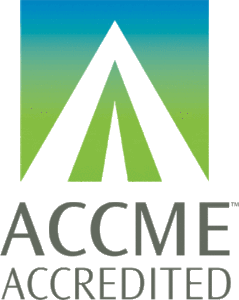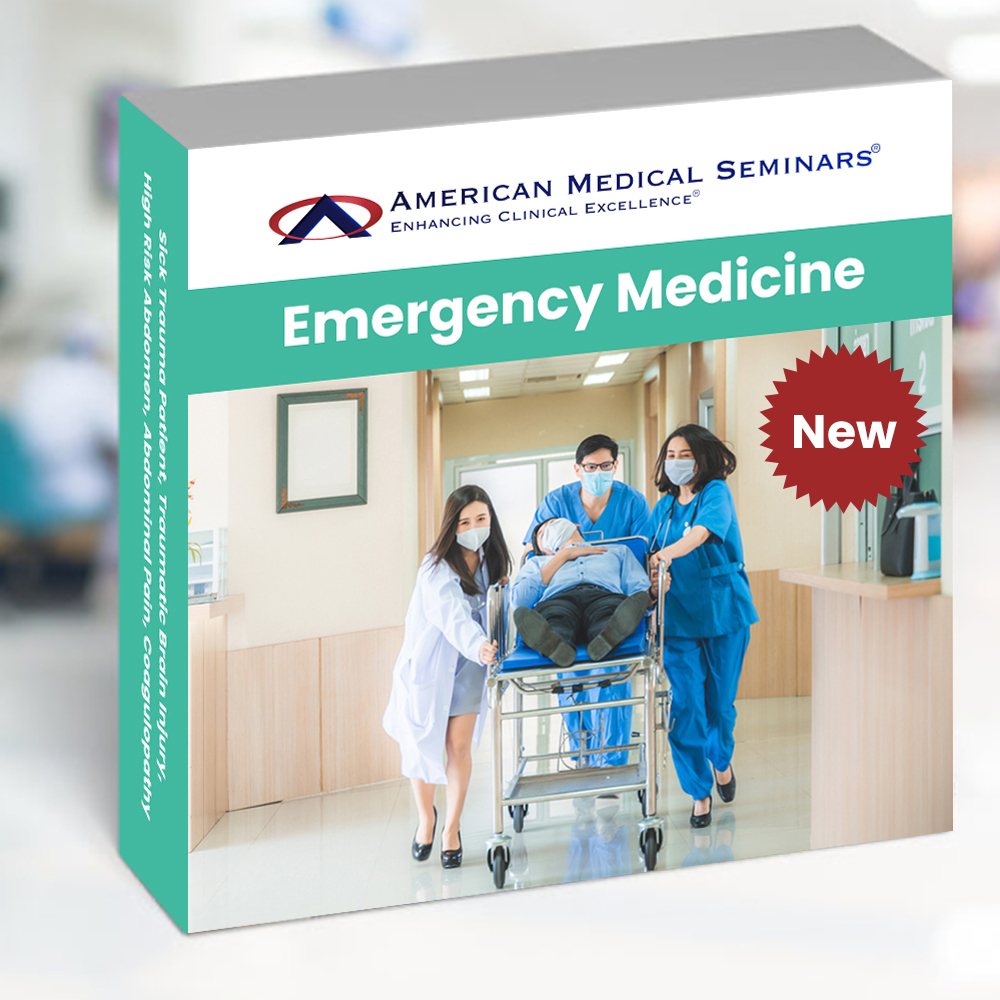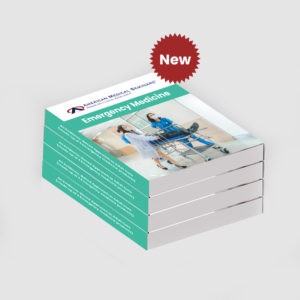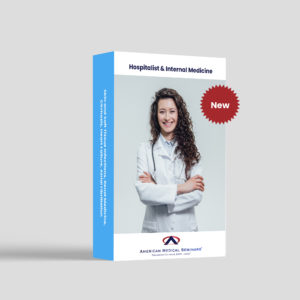Accreditation
AMA
American Medical Seminars, Inc. designates this live activity for a maximum of 5 AMA PRA Category 1 Credits™. Physicians should claim only the credit commensurate with the extent of their participation in the activity.
Accreditation Statement
 American Medical Seminars, Inc. is accredited by the Accreditation Council for Continuing Medical Education (ACCME) to provide continuing medical education for physicians.
American Medical Seminars, Inc. is accredited by the Accreditation Council for Continuing Medical Education (ACCME) to provide continuing medical education for physicians.
Title: Emergency Medicine: Sick Trauma Patient, Traumatic Brain Injury, High Risk Abdomen, Abdominal Pain, Coagulopathy
Course ID: W-20220418-Emergency Medicine-4
Faculty: Kenneth H. Butler, D.O.,F.A.C.E.P.,F.A.C.O.E.P.,F.A.A.E.M. and Joel Kravitz, M.D., F.A.C.E.P, F.R.C.P.S.C.
Original Release Date: July 1, 2022 Expiration Date: July 1, 2025
TOPIC 1: Sick Trauma Patient in the Non-Trauma Center (Butler).
Upon completion of this session, the participant should be able to: GL, COMP
- Recognize why we no longer follow the hematocrit and understand the utility of serial lactates in the trauma patient.
- Detect subtle risks and signs in a retroperitoneal bleeding patient.
- Distinguish who gets permissive hypotension and who should not.
- Identify the risk of hypotension and what it means in traumatic brain injury using evidence-based medicine from JAMA.
- Utilize antifibrinolytics in bleeding patients for medical treatment.
-
TOPIC 2: Traumatic Brain Injury (Butler) .
Upon completion of this session, the participant should be able to: GL, COMP
- Develop an approach to assessing the head injured patient where you can forget about the GCS scoring system.
- Identify the TBI clinical presentation where ‘The eyes have it’.
- Determine when TBI necessitates a ‘formal’ RSI intubation.
- Employ appropriate RSI techniques and drug protocols as per sited evidence-based medicine recommendations and systemic reviews.
-
TOPIC 3: The High-Risk Abdomen You Cannot Afford to Miss (Butler) .
Upon completion of this session, the participant should be able to: GL, COMP
- Identify clinical presentations and findings that should alert you to not being fooled by a negative test.
- Develop clinical strategies that will enable you to think outside the abdominal ‘black box’.
- Determine how one simple bedside test can save a life.
-
TOPIC 4: Abdominal Pain-The Black Box of the Belly (Kravitz) .
Upon completion of this session, the participant should be able to: GL, COMP
- Review some challenging cases of abdominal pain to help differentiate benign from severe abdominal pain.
- Evaluate the utility of various tests, including labs, ultrasound and CT scam, including during pregnancy using the ACOG opinion guidelines, in the diagnosis of abdominal pain.
- Determine subtle features of certain presentations of abdominal pain that suggest a more severe cause.
- Explore diagnoses of abdominal pain in the absence of abdominal pathology.
-
TOPIC 5: Coagulopathy in the ER: All Bleeding Stops Eventually (Kravitz) .
Upon completion of this session, the participant should be able to: GL, COMP
- Differentiate different patterns of coagulopathy that present to the ED.
- Develop an evaluation and treatment plan for non-traumatic bleeding disorders in the Ed, including hemophilia, TTP, ITP and others.
- Outline the rationale and indications for the use of blood products used in the treatment of the bleeding patient.
- Discuss some of the newer anticoagulation agents used today, such as Prasugrel (Effient) and Dabigatran (Pradeaxa) as per the referenced RCT’s and EBM studies such as Rocket, RE-LY and Einstein.
-
- The receipt for any incentive-associated purchase will designate the value of the gift card separately from the cost of the learning activity.
- This incentive may have implications on your tax reporting obligations. Any reimbursed amount must be declared as personal income for tax purposes.



